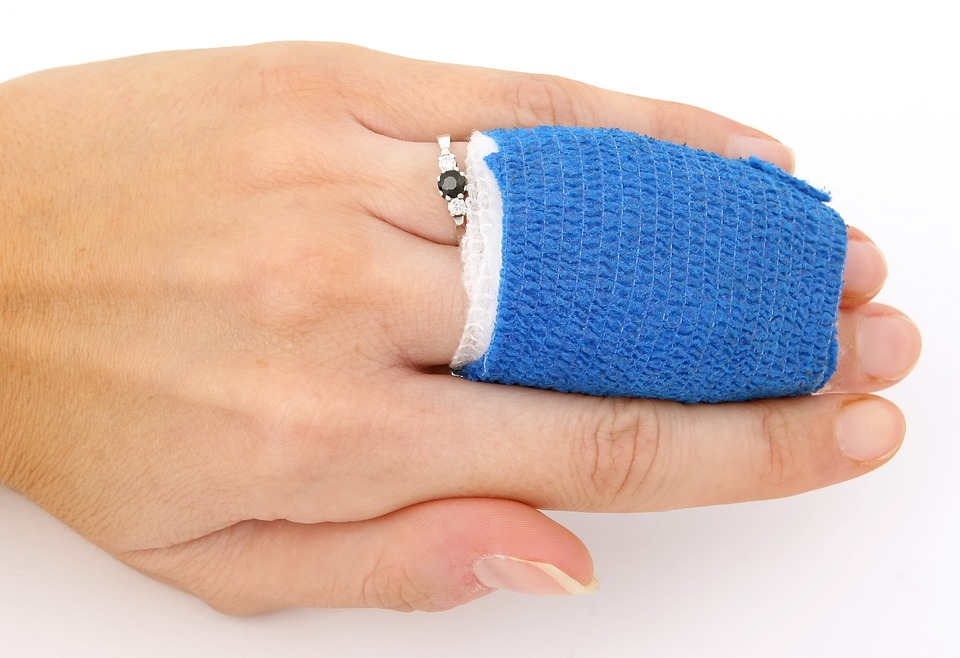Modern Burn Treatment
At present, wound care has experienced a very rapid development especially in the last two decades or so. Technology in the health sector also contributes greatly to supporting this wound care practice. In addition, the current issue related to wound care management is related to changes in patient profiles, where patients with degenerative disease conditions and metabolic disorders are increasingly found. This condition usually often accompanies the complexity of a wound where proper treatment is needed so that the healing process can be achieved optimally.
Burns are a form of tissue damage or loss caused by contact with heat sources such as fire, hot water, chemicals, electricity and radiation. Tissue damage caused by fire and colloids (e.g. hot pulp) is heavier than hot water. Explosions can cause burns and cause organ damage. Chemicals, especially acids, cause severe damage due to tissue reactions resulting in tissue disconfiguration that causes disruption of the healing process. The length of tissue contact with the heat source determines the extent and depth of tissue damage. The longer the contact time, the wider and deeper the tissue damage that occurs (Yepta, 2017). The process that then occurs in damaged tissue is wound healing which can be divided into 3 phases:
- Inflammatory phase
The phase ranges from the occurrence of burns to 3-4 days after the burn. In this phase vascular changes and cellular proliferation occur. - Proliferation phase
The proliferation phase is called the fibroplasia phase because of the proliferation process of fibroblasts. This phase lasts until the third week. In the proliferative phase the wound is filled with inflammatory cells, fibroplasia and collagen, forming a reddish-colored tissue with a finely bumped surface called granulation. - Maturation phase
A process of collagen ripening occurs. In this phase there is also a decrease in cellular and vascular activity, lasting up to 8 months to more than 1 year and ending if there are no signs of inflammation.
The seriousness of the wound can be judged by the color of the wound base. This system helps select the course of action and topical use of wound care therapy and evaluate the condition of the wound. This system is known as RYB / Red Yellow Black
- Red
Lesions with a dark red (granulation) or light (epithelial) wound color base and always appear moist. It is a clean wound, with a lot of vascularity, hence bleeds easily. The goal of wound care with a red base color is to maintain the wound environment in a moist state and prevent trauma / bleeding. - Yellow / Kuning
Wounds with a yellow/brownish-yellow / greenish-yellow/pale yellow wound color base are contaminated or - infected. It must be noted that all chronic wounds are contaminated wounds but not necessarily infected. Slough's wound (yellow) - Black / Hitam.
Wounds with a black wound color base are necrosis tissue, which is avascularized tissue.
 Indonesia
Indonesia
 English
English


